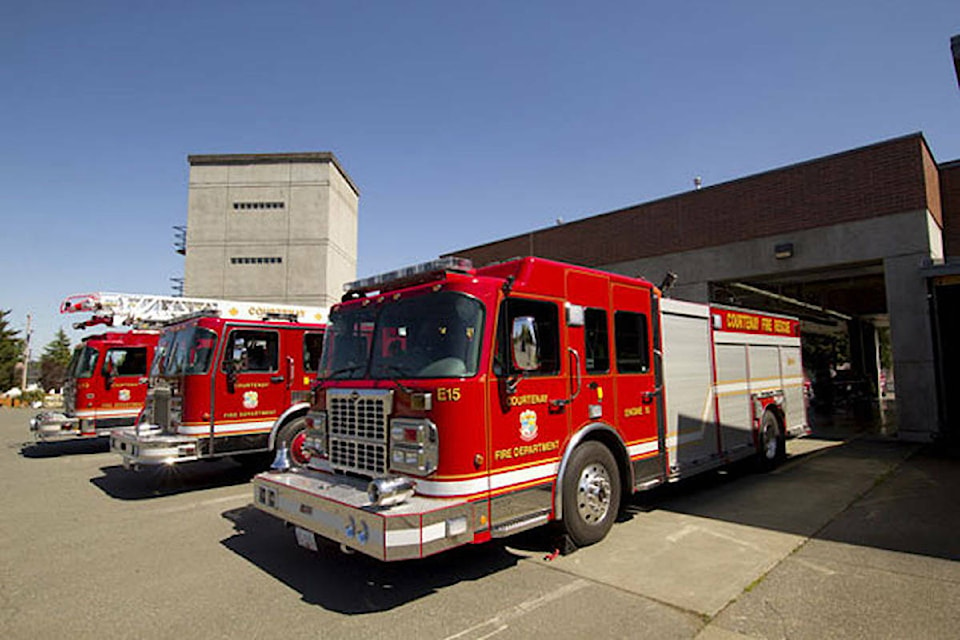An Alternate Approval Process will be used to determine if residents want a fire hall constructed at Mount Washington, as directed by the Comox Valley Regional District board.
At the Nov. 23 inaugural board meeting, Area C director Edwin Grieve noted “long-standing issues at Mount Washington,” where a fire destroyed three cabins in 2015.
READ: Fire destroys three Mt. Washington homes
The Oyster River Fire Rescue department has serviced the mountain since 2017.
Areas B and C are contributing $200,000 and $700,000, respectively, towards construction of a fire hall, which is expected to cost $2.49 million. Grieve hopes to see it under construction next summer.
He encourages Mount Washington residents to take a hard look at the subject.
“I think it’s a golden opportunity for the mountain after 25 years of trying,” Grieve said.
Approval from the Inspector of Municipalities is required before the AAP date is set.
Substance Use Collaborative
Grieve was delegated to the Substance Use Collaborative, an initiative of the Comox Valley Community Health Network, which recommends actions to reduce substance-related harm. The collaborative is comprised of members of local organizations and individuals with lived experience.
Zero Emissions Vehicles (ZEV)
Vehicle emissions are the largest source of greenhouse gas (GHG) emissions in B.C., and the second largest in the CVRD corporate inventory. A CleanBC climate plan requires all light duty vehicle sales to be ZEV by 2035. ZEVs include battery electric, plug-in hybrid/extended range electric and hydrogen fuel cell.
The board approved a fleet policy amendment to require ZEV where they meet operational requirements.
“We have about 50 light duty vehicles in the CVRD fleet right now,” said Mike Zbarsky, manager of transit and facilities.
Five of the vehicles are cars, and the rest are trucks or SUVs. Four of the five cars are ZEV. The availability of ZEV trucks/SUVs is limited but expected to increase in the next few years.
“We’re probably looking at about a 10-year transition if this fleet policy moves forward, and global supply issues resolve themselves,” Zbarsky said.
Tentatively, the 2022-2026 financial plan includes 35 vehicle replacements. The district would be looking at about $1.5 million for conventional vehicles, and about $2.3 million for ZEV, not including trade-in value of old vehicles or ZEV incentives. The district will need up to $150,000 in infrastructure upgrades for EV chargers.
“But our analysis has shown the lifecycle cost is less for a zero emissions vehicle,” Zbarsky said, noting no fuel costs and fewer maintenance requirements with a full electric.
The district plans to install 10 charging stations next year at the sports centre, aquatic centre, exhibition grounds and one of the parking lots at Seal Bay Park.
The board approved an amended fleet policy.
reporter@comoxvalleyrecord.com
Like us on Facebook and follow us on Twitter
